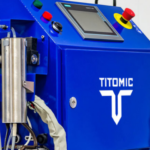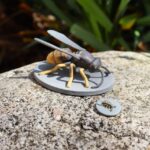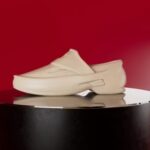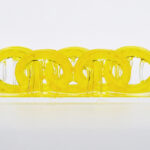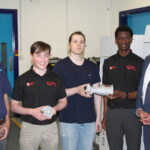Researchers from Chalmers University of Technology and the Wallenberg Wood Science Center have pioneered the use of a nanocellulose and algae-based hydrogel for 3D printing architectural components, offering a greener alternative to traditional construction methods. This study, detailed in Materials and Design, highlights the versatility and energy efficiency of this novel material in architectural applications.

Amidst growing concerns over the environmental impact of the construction industry, with its significant resource consumption and carbon emissions, the demand for sustainable alternatives is pressing. Nanocellulose, derived from abundant sources like forestry and agriculture, emerges as a promising candidate due to its biodegradability and renewability.
By incorporating algae-derived alginate into the nanocellulose matrix, the researchers created a printable material with enhanced flexibility and structural integrity. Leveraging 3D printing, they demonstrated the feasibility of producing a variety of architectural elements with minimal energy consumption.
Furthermore, the study underscores the importance of design innovation in harnessing the full potential of biobased materials. By exploring various deposition pathways and design configurations, the researchers aim to optimize both the functional and aesthetic aspects of nanocellulose-based architectural products.
This research marks a significant step towards realizing a more sustainable built environment, aligned with the principles of circular economy and environmental stewardship. As the architectural industry embraces novel biomaterials and digital fabrication techniques, the path towards greener, more resilient structures becomes clearer.
You can read the full research paper, titled “Robotically 3D printed architectural membranes from ambient dried cellulose nanofibril-alginate hydrogel” at this link.
Come and let us know your thoughts on our Facebook, X, and LinkedIn pages, and don’t forget to sign up for our weekly additive manufacturing newsletter to get all the latest stories delivered right to your inbox.



